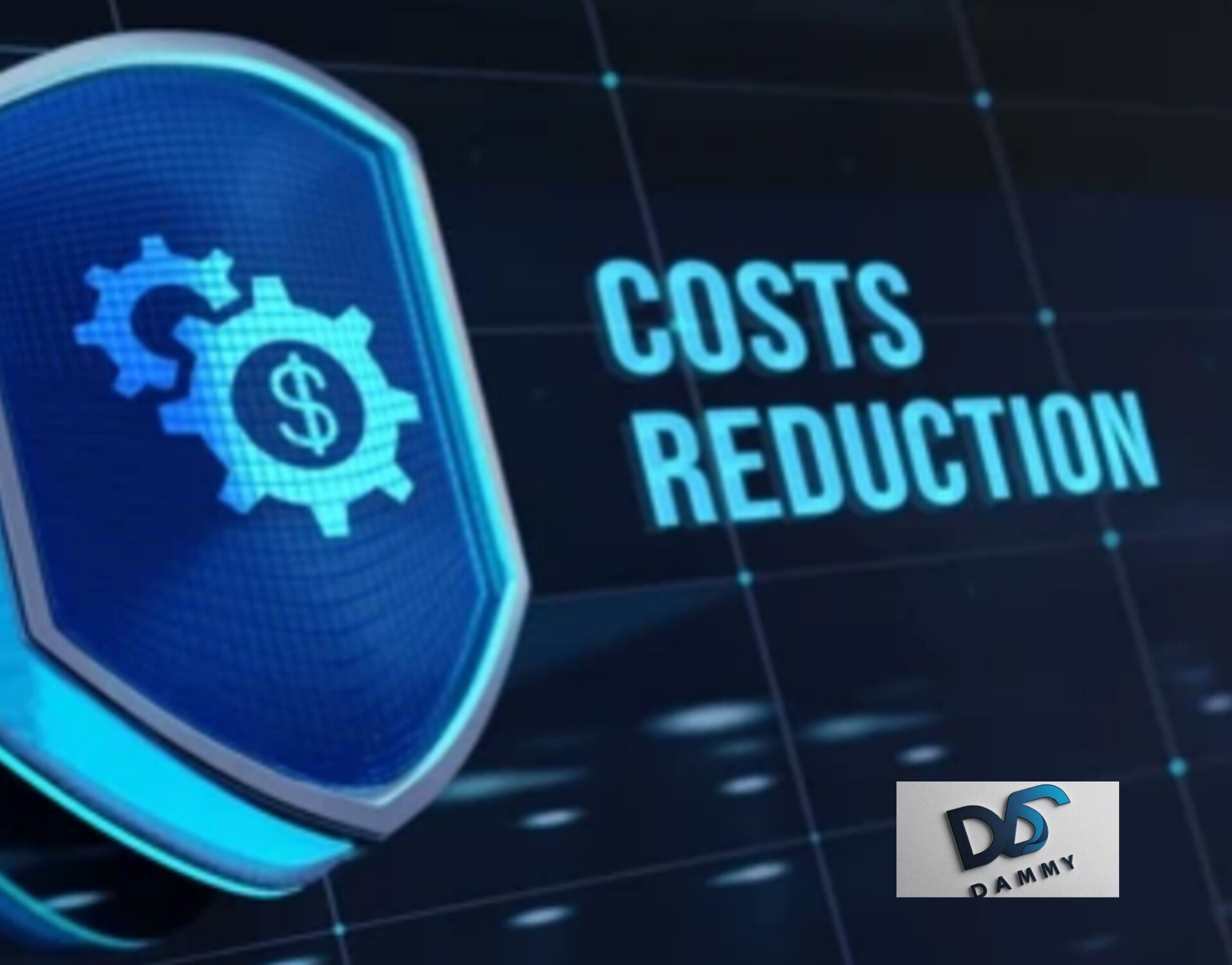How to Manage and Reduce Business Expenses
Introduction
Managing and reducing business costs is critical to maintaining profitability and ensuring long-term growth. Overspending or failure to optimize costs can lead to financial stress. decreased efficiency and competitive advantage decreases This blog aims to provide practical insights into understanding, managing, and reducing business costs while reducing costs. with increasing profits Second, understand business costs. How much does the business cost? Business expenses are expenses incurred in running a business on a daily basis. This includes everything from salaries and rent to utilities and supplies. Types of business expenses.
- Fixed expenses: These expenses are fixed, such as paying rent or a loan.
- Variable Costs: Variable costs depend on production or sales volume. as well as raw materials 3. Operating expenses: Daily expenses such as utilities, marketing, and office supplies. Why track and monitor spending? Tracking and following up on spending on a regular basis helps ensure financial transparency. Helps identify inefficiencies and support decision making with data Without proper tracking, businesses run the risk of overspending and misusing resources.
How to manage business expenses
Use a cost tracking system Tools such as accounting software or apps It can be used to automate the tracking process. It provides real-time insights into where money is being spent. Create a budget and financial plan A well-thought-out budget aligns your spending with your business goals. Review and adjust this plan regularly to ensure it reflects changing priorities. Allocate resources by prioritizing costs.
Focus on high-impact investments, for example, prioritizing costs that improve productivity or directly contribute to revenue generation. Automatic expense management Automation tools can automate processes like invoice management. Payroll and easier expense reporting Reduce manual errors and save time.
Strategies for reducing business costs
Examples of cost reduction strategies Negotiate contracts with suppliers: Negotiate better rates or longer payment terms. Use energy-saving practices: Upgrade your LED lights or install a smart thermostat to reduce utility costs. Reduce waste: Evaluate processes to reduce costs and unnecessary materials. Outsource non-core functions: Delegate functions such as IT support or payroll to specialized organizations to reduce costs.
How to reduce costs at work
Promote remote work or flexible schedules: Reduce office space and operating costs. Adopt cost-saving technology: Invest in cloud-based tools and collaboration software. Reduce paper use: Shifting to digital documents and cloud storage
Techniques for reducing costs in daily life
How to reduce expenses in daily life
- Cut unnecessary subscriptions: Cancel services that don’t add value.
- Cook at home: Save a lot compared to eating out.
- Eliminate unnecessary expenses: Review and cancel unused subscriptions regularly.
- Shop Deals: Compare prices and use discount codes or coupons for essential purchases. V. Examples of strategies for reducing costs and Effective cost reduction strategies Process Improvement: Streamline workflows to save time and resources. Supply chain optimization: Collaborate with cost-effective suppliers or integrate shipping processes. Use of technology: Introduction of automation tools to reduce human labor costs. Example of cost reduction Company Case Study
1: Logistics Company Uses GPS Tracking to Optimize Delivery Routes and Reduce Fuel Costs Company Case Study.
2: Retail Chain Saves Thousands by Implementing Energy-Efficient Lighting in All Stores
How to reduce costs and increase profits
Strategies for reducing costs and increasing profits
- Improve operational efficiency: Analyze work processes and eliminate unnecessary tasks.
- Increase Revenue: Strengthen marketing efforts and optimize sales channels.
- Optimize pricing strategy: Adjust prices based on market trends and competitor analysis.
- Invest in cost-saving technology: Automation and AI can significantly reduce operating costs.
Conclusion
Gathering, Managing and reducing business expenses is a key component of financial health and long-term success. By implementing the strategies and techniques outlined in this guide, businesses will be able to thrive. more efficient Reduce unnecessary costs and increase profits .
Get started today by exploring innovative cost-saving solutions by taking a proactive approach to cost management. Need additional resources? Please download Check out “How to Manage and Reduce Business Expenses PDF” and “Cost Reduction Techniques PDF” sections to get actionable insights and tools for success.

